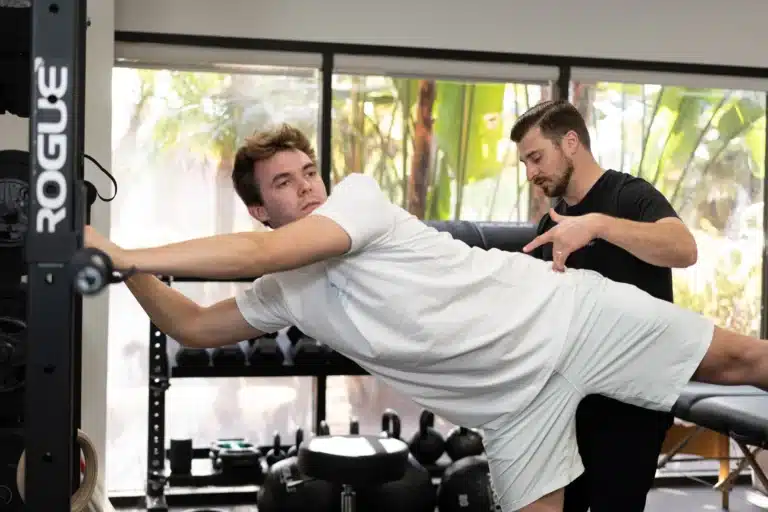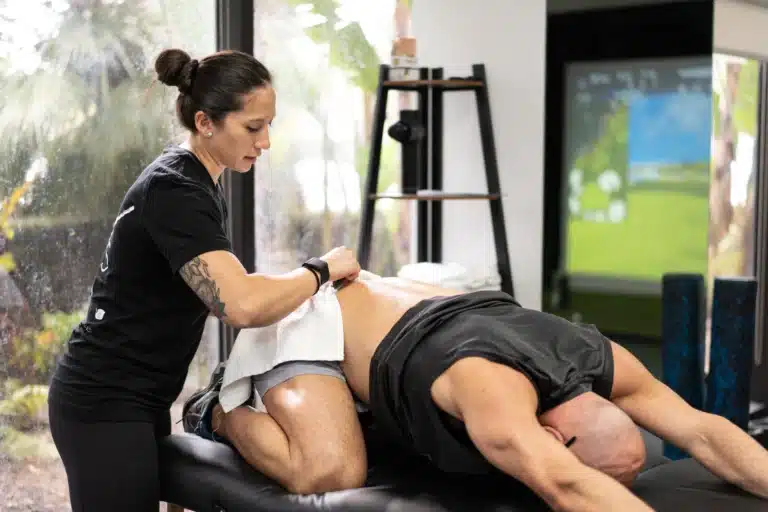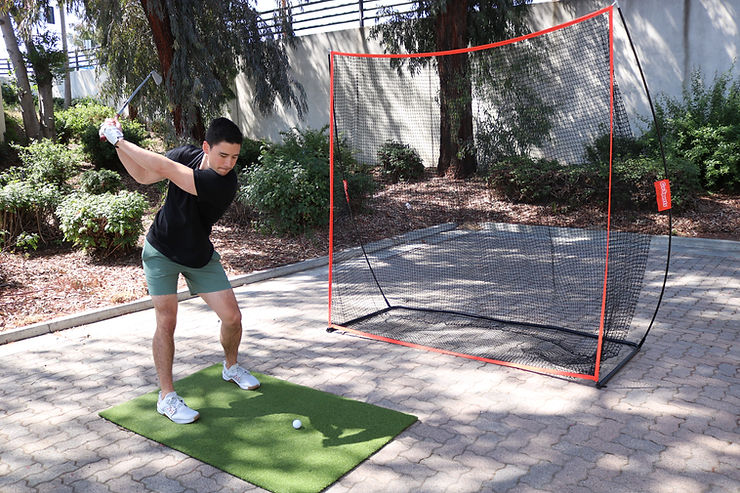Are Your Hips Holding You Back as a Runner?
As a runner, you’ve probably felt it before—that nagging tightness, an odd twinge in your stride, or even pain that seems to come out of nowhere. At The Movement Schopp, we’ve helped hundreds of runners from Torrance, Redondo Beach, and the broader South Bay overcome the challenges that come with hip imbalances. These imbalances can quietly sabotage your running performance and increase your risk of injury, but the good news is that they’re fixable.
Let’s dive into three of the most common hip issues we see in runners and how you can tackle them head-on. Make sure you read to the end, as we have an exclusive playlist we built with all of these awesome exercises specific to our runners just like you!
The First Culprit: Tight Quads
Imagine trying to run with a rubber band that’s just too tight—that’s what tight quadriceps can do to your stride. Tight quads limit your ability to fully extend your hip during the critical toe-off to the initial swing phase of running. The result? Compensatory mechanics, reduced efficiency, and added strain on surrounding muscles.
But there’s hope. With consistent effort, you can restore flexibility and eliminate that tight feeling:
- Stretch It Out: Standing quad stretches or couch stretches are your go-to tools.
- Roll It Out: Foam rolling the quads can release deep tension and improve mobility.
- Loosen Up with Movement: Add dynamic drills like leg swings and hip circles before you hit the pavement.
We’ve seen runners transform their stride with these simple changes.
Weak Gluteus Medius: The Silent Saboteur
You might not realize it, but your gluteus medius plays a starring role in every step you take. When this muscle is weak, it can lead to a host of issues like a hip drop during the stance phase, knee caving, and poor alignment. It’s also a major culprit in common injuries like IT band syndrome and knee pain.
So, how do you strengthen this unsung hero of running?
- Start with the Basics: Side Plank Clams and lateral band walks are fantastic starting points.
- Build Stability: Single-leg balance drills not only target the glutes but also improve overall control.
- Get Dynamic: Incorporate lateral bounds or skater jumps to challenge your gluteus medius in motion.
One of our runners, Timothy T. from Redondo Beach, shared his journey: “I came to The Movement Schopp for low back pain that started out only when I was running and eventually became an all day, everyday pain. With their personalized approach, I got stronger and pain-free while training for my third marathon. Just completed the NYC marathon with a 29-minute PR—pain-free!”
Curious about how to activate your glutes properly? Keep reading for our exclusive playlist built just for you!
Tight and Overworked Hip Flexors
Hip flexors often get a bad rap for feeling tight, but the truth is they’re usually weak and overworked. When your hip flexors lack strength, they can’t keep up with the demands of running. This leads to poor control of your hips and core, limiting your stride power and efficiency.
Here’s how to fix it:
- Strengthen with Purpose: Perform standing knee drives with resistance bands or seated marches.
- Stabilize Your Core: Exercises like dead bugs and bird-dogs target both your core and hip flexors.
- Stretch and Hold: Lunge stretches combined with isometric hip flexor holds can create balance between flexibility and strength.
Our team has created a step-by-step video to help you start strengthening your hip flexors effectively. Here is our Resilient Runner Playlist that will help you most as a runner!
Take the First Step Toward Stronger Hips
If you’re tired of struggling with hip pain or feeling like your performance is stuck, it’s time to take action. At The Movement Schopp, we specialize in helping runners in Torrance, Redondo Beach, and the South Bay address these imbalances and run pain-free.
Ready to fix those hips and hit the ground running? Fill out our contact form today, and let’s get started!




